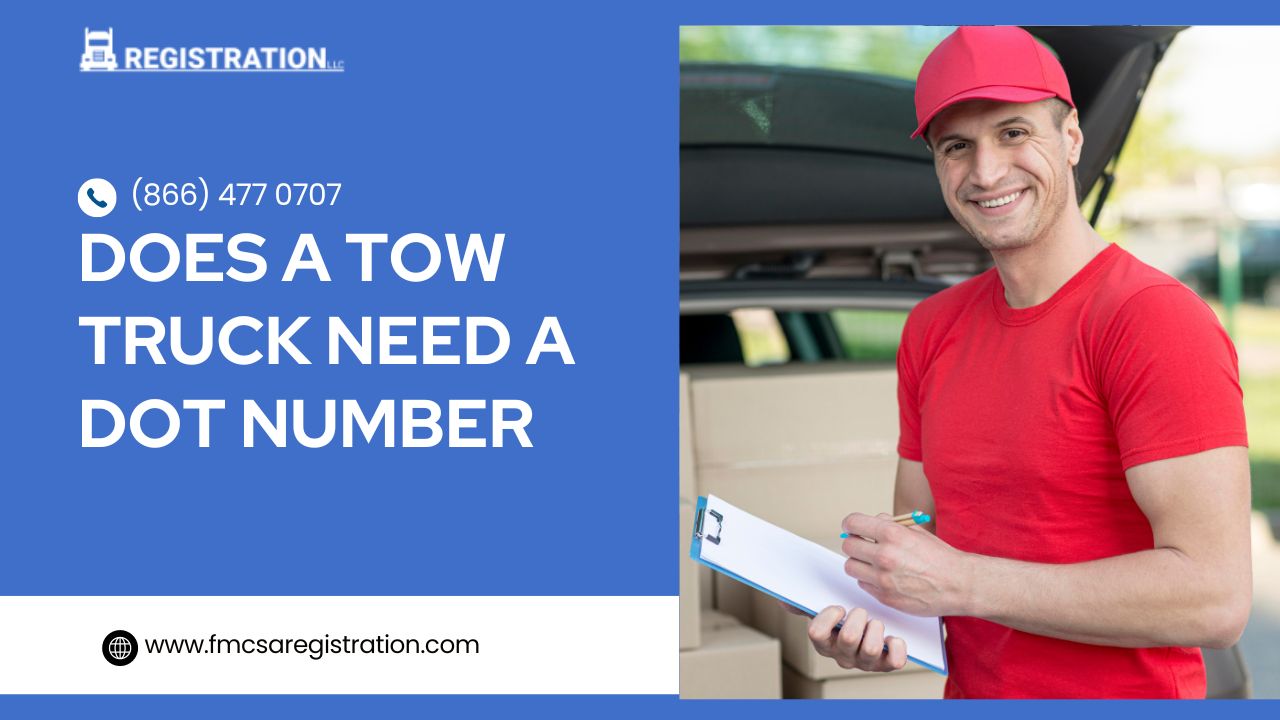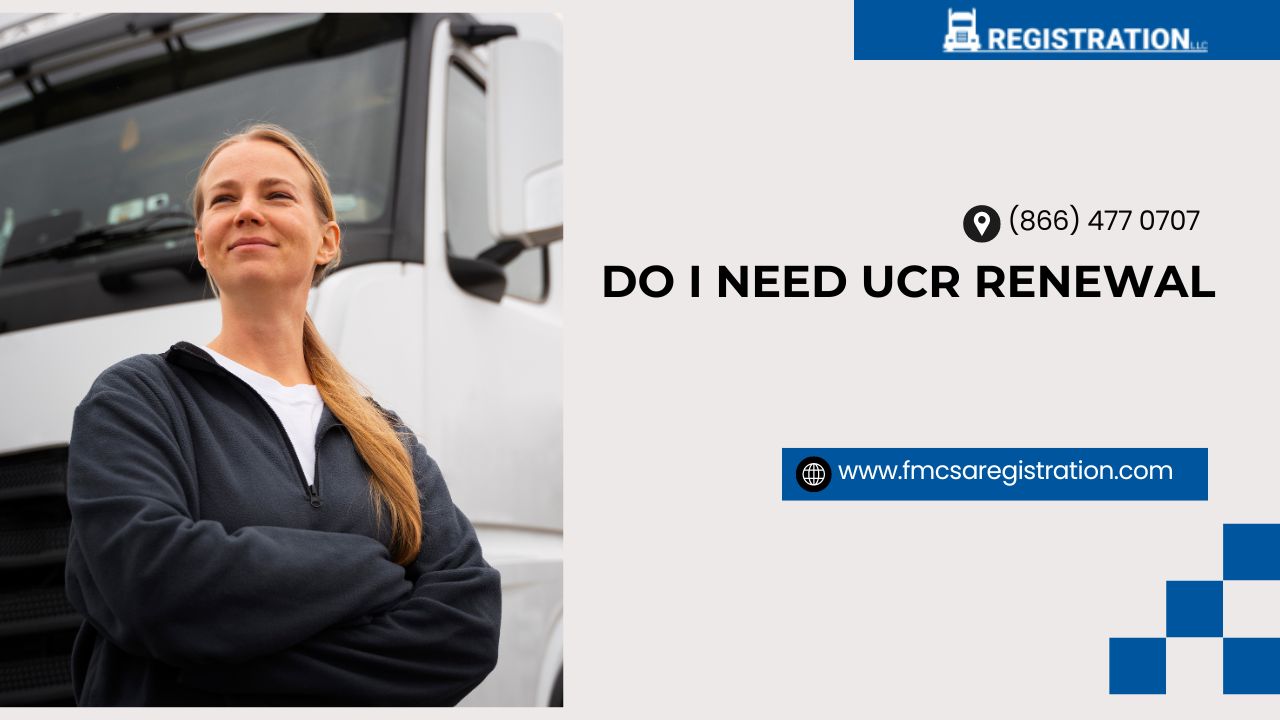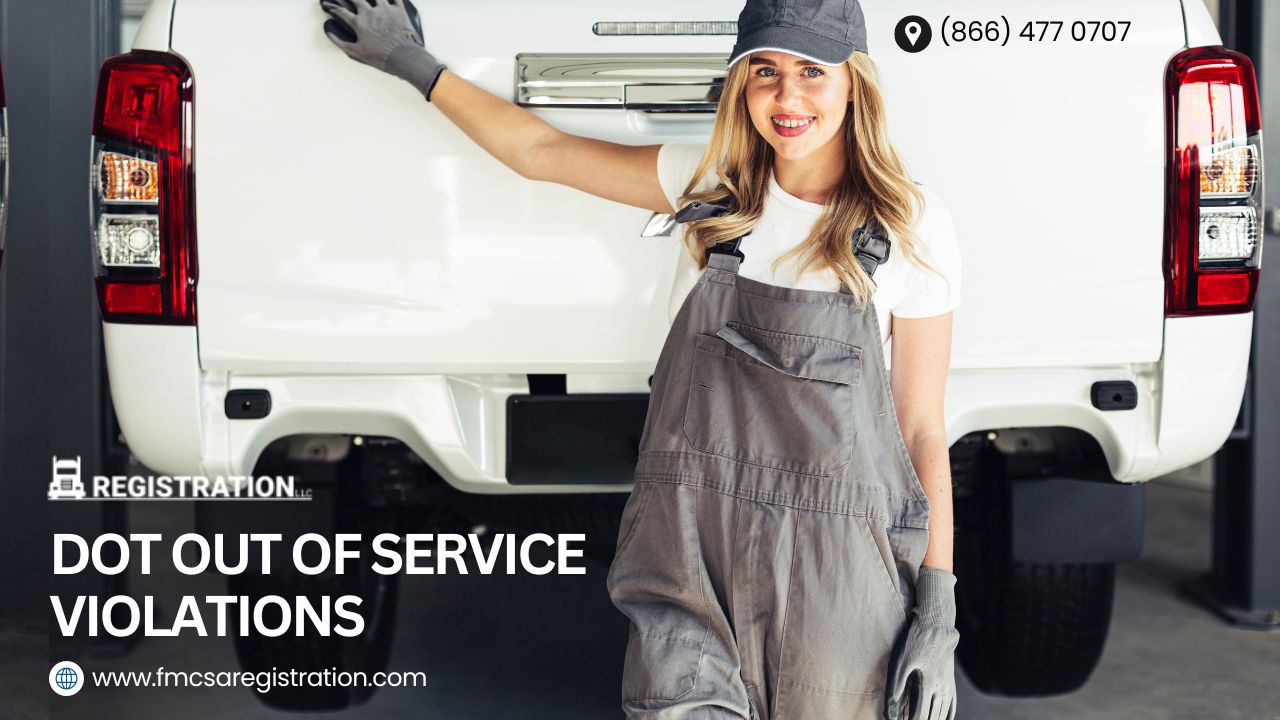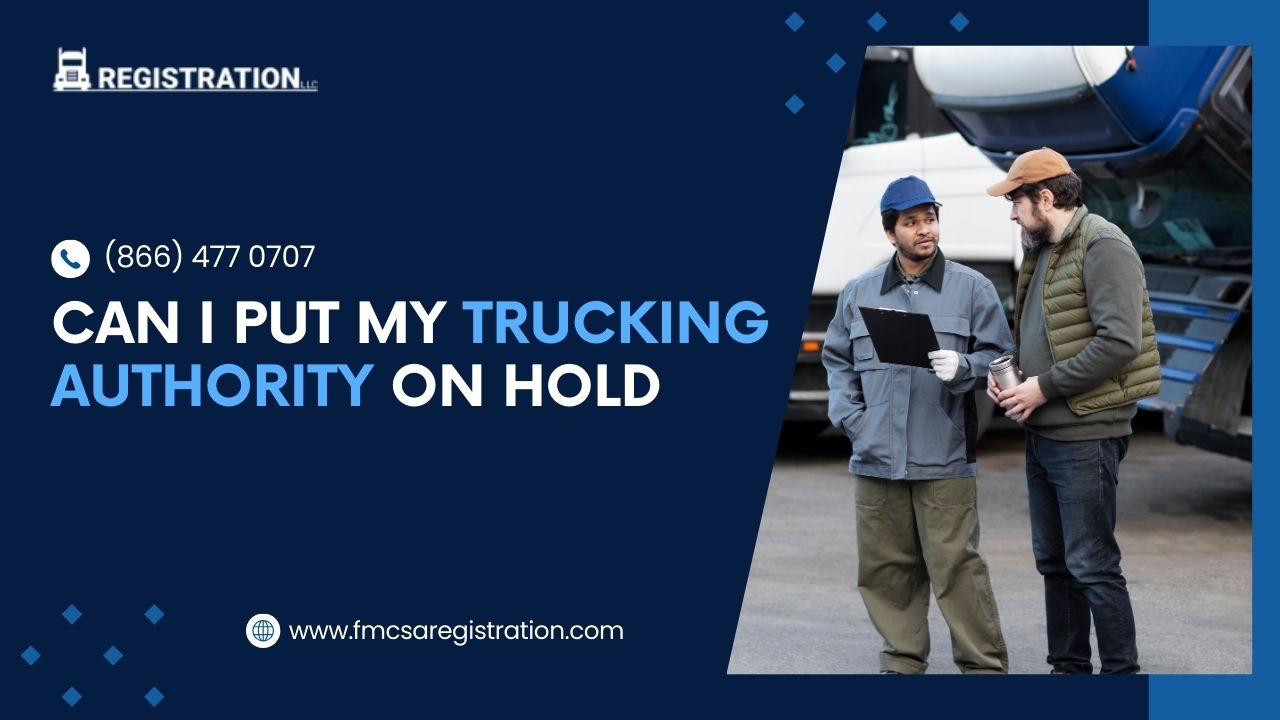DOT Background Checks
Written by Frank Balbuena Published on May 6, 2021, 11:49 a.m.
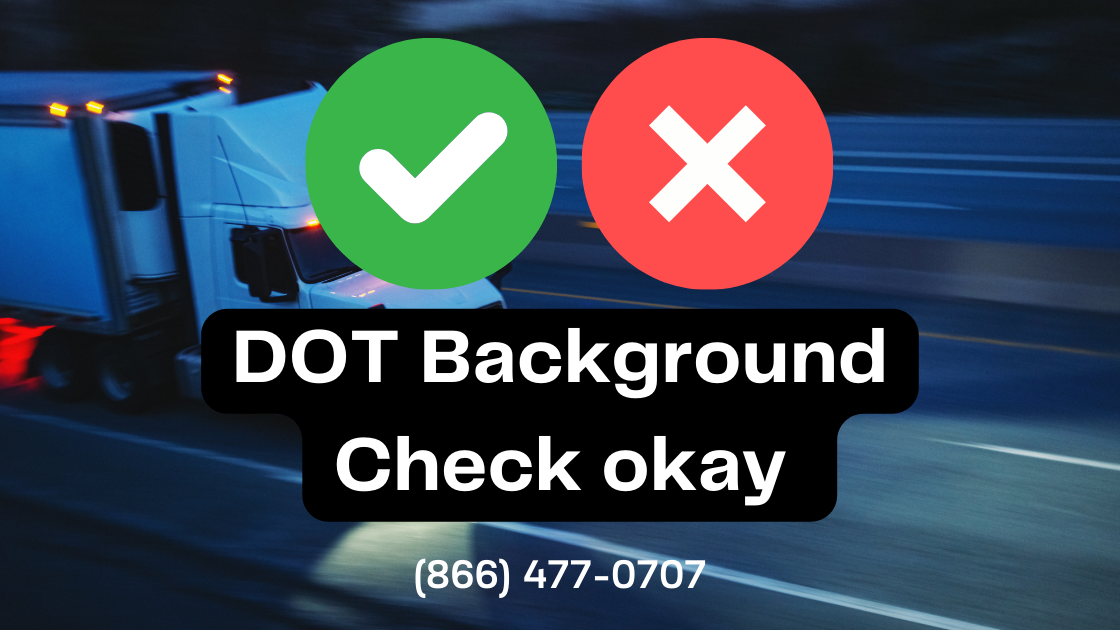
What is A DOT Background Check - Understanding About DOT Compliance
DOT background checks are crucial for all companies that use commercial drivers. Driver safety matters for both compliance and the safety of every driver on the road. Even pre-hire background checks also play a tremendous role in safety. The Department of Transportation (DOT) is serious when it comes to background checks. Each check gets specialized to make sure that commercial vehicle drivers meet qualifications. Every business must also use DOT background checks during the hiring process. Visit USDOT Number.
A key goal of our organization is to ensure carriers use quality background checks. This way, companies can protect their drivers from accidents and injuries. Plus, adhering to the checks can keep a business in compliance with the government. Keep in mind that a DOT background check isn’t as simple as a standard employment check. That's because the DOT gathers information about people’s driving records. Please keep reading to learn the basics of DOT background checks. If you have any questions, do not hesitate to contact our compliance experts. They can help you figure out how to run high-quality DOT background checks. Check out BOC-3.
The Basics of the DOT & FMCSA
To understand DOT background checks, you've got to know the basics of what the DOT is. The DOT operates as a US federal agency. Its mission is to make the transportation system safe and efficient. The FMCSA (Federal Motor Carrier Safety Administration) is part of the DOT. The FMCSA oversees and regulates safety issues for commercial motor vehicles. Sure, a priority of the FMCSA is to reduce injuries and fatalities. But it's also to prevent all crashes related to trucking. Check UCR registration.
Who Must Use DOT Background Checks?
The DOT uses background checks to ensure that commercial drivers meet all qualifications. The checks also help carriers boost their safety processes while reducing risks. Common risks are driver accidents and lawsuits. Both of which will involve expensive legal fees. Your company must follow every single FMCSA and DOT regulation. Otherwise, it will lose the authority to operate. Consider adhering to all FMCSA regulations if any of the criteria below apply.
Here are the types of commercial motor vehicles in interstate commerce:
- Vehicles with a gross combination weight rating above 10,001 pounds. Or, vehicles with a gross vehicle weight rating above 10,001 pounds. Visit FMCSA Registration Trucking.
- Vehicles used/designed to transport 9 to 15 passengers for compensation. (This includes the driver of the vehicle.) Or, a vehicle used/designed to transport at least 15 passengers for compensation. This also includes the driver of the vehicle. But it does not involve transportation involving compensation. When to Update Your MCS-150.
- Any size of the vehicle that transports hazardous materials. This refers to the Hazardous Materials Transportation Act.
- Keep in mind that your drivers might need a certain designation of CDL. There are Class A, Class B, and Class C commercial driver’s licenses. The designation depends on each type of vehicle that a driver uses. How to get a TEXAS Dot number?
Official DOT Background Check Requirements
Each DOT background check functions as a thorough investigation. The investigation focuses on three factors. There’s the job candidate’s employment history and driving record. And there’s also the physical health of the job candidate. Health matters because it impacts a driver’s ability to operate a commercial vehicle. Is your carrier ready to meet DOT requirements? If so, your background check has to cover all these areas:
-DOT Employment Verification
-DOT Physical Exam
-DOT Pre-Employment Drug Test
-FMCSA Drug & Alcohol History Screen
-MVR: Motor Vehicle Records
Keep in mind that this criteria must be completed within 30 days of a new hire starting work. If you have questions about submitting this information, please contact our organization. Our experts can help you with any step of the DOT background check process. Also, visit the Starting a Trucking Company Package.
MVR (Motor Vehicle Records) Checks
Each MVR (Motor Vehicle Record) is crucial when it comes to a DOT background check. A company has to secure every driver’s Motor Vehicle Records. One should exist from each state where a driver has a license or permit. This applies to the past three years of any driver operating a vehicle. Every MVR reveals both misdemeanor convictions and driving-related felonies. An MVR also focuses on driver’s license suspensions, restrictions, and moving violations. This way, a business will get alerted if a driver has a history of unsafe driving. Visit also Trucking Authority Packages.
What Is a DOT Employment Verification?
Each DOT Employment Verification is important. It assesses detailed information about a candidate’s history of employment. The Employment Verification also analyzes every driving record. This applies to the previous three years of employment. A DOT Employment Verification is crucial for adhering to DOT regulations. Each DOT Employment Verification involves contacting previous employers. (This applies to the past three years of employment.) When doing so, all questions from DOT Rule 49 CFR Part 391 must get asked. This is an official FMCSA policy. Part of the DOT Employment Verification involves general employment information. This includes job titles and dates of employment. But that’s not all. The DOT Employment Verification must confirm the following information:
-If any accidents took place on the job involving the driver.
-If the driver had an alcohol test resulting in more than 0.04%. Also, if the driver has a positive drug test.
-If the driver ever refused to take a drug or alcohol test.
-If the driver failed to take part in (or complete) a drug or alcohol rehab program. (This assumes that a substance abuse professional prescribed a program.)
Previous employers have to send a record of accidents and violations. Or, they must confirm that no accidents or violations took place. Gathered information goes into every driver investigation history file.
The DOT & FMCSA Drug & Alcohol History Screen
A drug and alcohol history screen is part of the DOT Employment Verification process. Employers must refer to the FMCSA Drug and Alcohol Clearinghouse. It features full-scale drug and alcohol program violation information. This way, some drivers are prohibited from operating commercial vehicles on public roads.
A DOT Drug Test
Each commercial driver has to pass a DOT-compliant pre-employment drug test. They must do so before they can get hired by a carrier. The DOT drug test screens for cocaine, amphetamines, and marijuana. It also detects the use of PCP and opioids. Keep in mind that breath alcohol testing is also sometimes part of the DOT drug test. (But it’s not required as part of a pre-employment screening.) Say that a driver tests positive after undergoing a DOT drug test. That driver then gets disqualified from operating a commercial vehicle.
The DOT Physical
All commercial drivers get certified through a professional medical examiner. Each examiner has a listing in the National Registry of Certified Medical Examiners. DOT physical certifications confirm that each driver does not have any health issues. (These are potential health issues that could impact a person’s ability to drive.) Examiners look at factors like hearing, vision, and manual dexterity. All are crucial when it comes to driving a motor vehicle. Some medical conditions are exempt from being prohibited from driving. Please contact our organization for a list of these DOT compliance conditions. How to Obtain your MC (Motor Carrier Number)
The DOT & FMCSA Can Conduct a Driving History Check
The FMCSA uses an official PSP: Preemployment Screening Program. Its purpose is to help employers make smart hiring decisions. How so? By providing data about each driver’s safety history. But keep in mind that PSP isn’t a DOT background check requirement. Each PCP record features five years of a driver’s crash data. It also contains three years of roadside inspection data. This comes from the MCMIS database. MCMIS refers to the FMCSA Motor Carrier Management Information System. This federal data can feature details that a previous employer might not provide. Check out Motor Carrier Authority.
Five Steps for Running a DOT Background Check
Completing a DOT background check isn’t as difficult as many carriers assume. The key is to follow all five steps listed below. If you have any questions, do not hesitate to contact our safety and compliance team. We can help you run a DOT background check over the phone.
DOT Background Check Step #1: Plan Ahead
The first step is for a company to figure out what information it must gather. A shortcut for doing so is to refer to the FMCSA Driver Qualification File Checklist. Using the checklist will help ensure that your company covers all bases.
DOT Background Check Step #2: Get Consent From the Driver for Doing the Check
Let the job applicant know that your company will conduct a DOT background check. Then, get written permission from the applicant to do the check. It might save you time to use a third-party background check service. (Let our experts know if you need access to one.) This way, you can follow all US laws that have to do with consent. What is IRP?
DOT Background Check Step #3: Go DIY or Use a Third Party Service
Your business now has an important decision to make. You have to decide if you’ll conduct the DOT background check on your own. Or, you can hire an employment background screening service. In fact, a carrier can even hire a CRA: Consumer Reporting Agency. Say that you decide to go the do-it-yourself route. This means you must begin contacting state motor vehicle departments. You’ll also want to reach out to former employers ASAP. Visit How to Prepare for a Compliance DOT Audit.
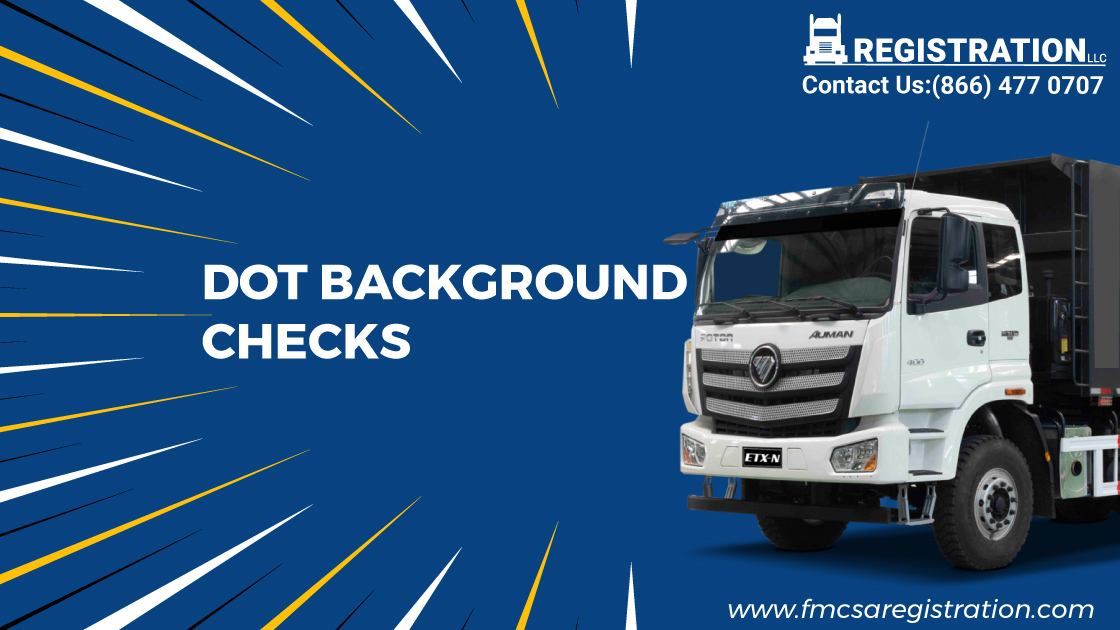
DOT Background Check Step #4: Execute the Drug Testing Process
It’s now time to complete the DOT-compliant drug screening process. Your company must test for cocaine, amphetamines, and marijuana. It has to also test for PCP and opiates. At this stage, many carriers also execute a breath test for alcohol. Visit FMCSA Registration.
DOT Background Check Step #5: Road Testing
The final major step of the DOT background check process is to conduct a road test. Why? To make sure that a driver can operate the designated vehicle. While doing so, the driver must adhere to all DOT and FMCSA safety policies. Please contact our organization if you have any questions about these five steps. Our mission is to ensure that every motor carrier focuses on compliance and safety. And we have the right tools and resources to do so at all times. Visit DOT Authority Package.
